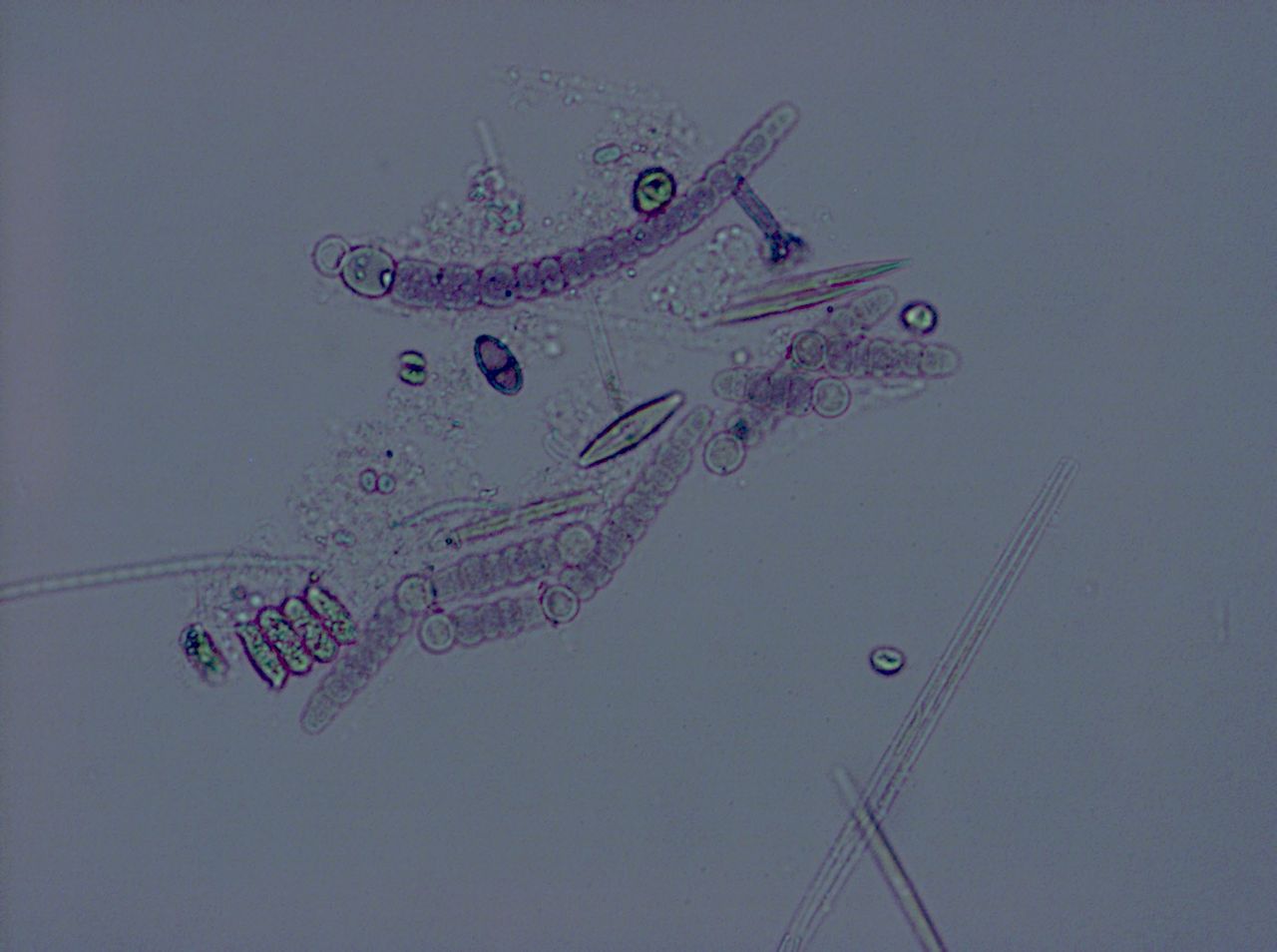I'd like to start by thanking a few key people, without whom, parts of this journey would not be possible.
Amanda Chapman - You took a chance on me a few semesters ago and picked me to be your intern after excelling in your Bio class. I have shared a lot of my personal life with you, we have a lot in common and I think that helped our relationship, both professional and personal. You put your trust in me and my abilities and I know without any doubt, I have not let you down. I will miss our little chats in your office and reporting my finding (and lack there of) and getting great feedback from you. Thank you
Josh and Matt - You guys are great, what else can I say. You bring life and energy into the Bioscience department and you are always there to help. Matt, you have spent a lot of time helping me, especially this semester on my project, and helped me stay focused even when I felt like giving up. Your stories and genuine interest in my life and success has been instrumental in my journey. Josh, your music and overall coolness always put a smile on my face and I'm glad that I had a chance to get to know you. I think that my math conversion will stay with me as you always made me think and never just gave me the answer to a problem, and made me realize my full potential.
Djiana - Your smile and encouragement is contagious. You are a beautiful soul and the have the patience of a saint! I can't count the number of times that I've needed your help with my blog or to fix my time sheet! You keep your cool and no matter what, you help everyone and treat us all with respect and you always see the good side. You have boosted my self esteem and made me look at myself in the mirror and be proud of what I see and what I have accomplished.
Jeremy - My buddy, my friend (tear). I don't think that I could have survived STEM without you. I always knew when you were in the office...I smelled the sweet smell of you from a mile away! We have shared so many laughs and good times that I can't put a number on them. Vous êtes un ami incroyable et je vous remercie d'être là pour moi et l'écoute de toutes mes histoires. Je m'ennuierai vous et notre camaraderie. Vous êtes un grand personnage avec un potentiel incroyable. Séjour génial.
To all my other STEM buddies - I wish that I more time to get to know all of you. I'm so glad to have met you and I wish you all the best of luck in all of your future endeavors. Stick with the STEM program, it is really something that will propel us all to the next level and something that we will never for get.
I thought long and hard about my last STEM blog quote:
Destiny is not a matter of chance, but choice, not something to wish, but to attain.
Good luck and happy holidays from my family to yours.
 |
| The Goolsby-Espinosa Family |














































